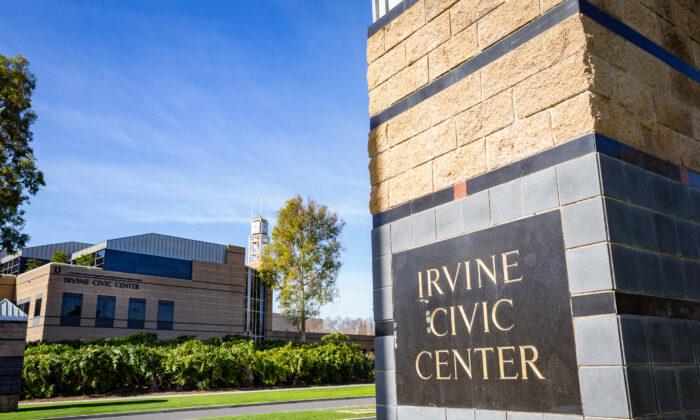All four of Orange County Power Authority’s (OCPA) audits failed to identify and examine the central question surrounding the Southern California agency—how much dirty power is hidden in its renewable energy products?
How would the public react to high volumes of dirty, or brown, power in OCPA’s “100% Renewable,” “Smart Choice,” or “Basic Choice” products? Not well.
To keep potentially awkward information from the public, OCPA requires that outsiders execute broadly worded non-disclosure agreements (NDAs) before the agency reveals anything proprietary. NDAs can serve as a gag order.
To be clear, NDAs are frequently justified for two reasons—first, to protect information that might damage the competitive position of an OCPA-type entity, and second to protect supplier’s contract terms, conditions, and prices. But the use of NDAs is often abused.
And providing 2022 energy volumes (megawatt-hours (MWhs)) does not reveal any contracts, terms, energy prices, or strategies, eviscerating the need for an NDA.
Furthermore, any competitive insights into OCPA are distorted, because OCPA’s newly formed existence in 2022 was ever-changing and unstable, created by varying customer counts across all rate classes through nine months of operation during an increasingly unsteady and inflationary market.
Accordingly, a limited view of last year’s MWhs and resource types shows obsolete data that does not threaten OCPA’s competitive position in the energy or capacity markets.
Shortly after OCPA’s business launch (now former) board chair Mike Carroll announced that the agency was “the greenest or one of the greenest electric providers in the nation.” Instantly out-greening established electricity providers was quite a feat for a government agency with less than four days of operation under its belt.
OCPA should willingly embrace confirmation of its acclaimed lofty stature by someone other than the community choice industry’s three established consultants—EES, MRW, and PEA—that are frequently used to provide softball reviews and studies of the community choice industry. (A fourth consultant once issued a critical report against the formation of a community choice agency and never again did business with the community choice industry).
Four audits have been completed. None of them identified actual volumes of delivered brown power. Consumers remain in the dark.
There is no reason to guard against a limited view of last year’s obsolete energy data, which should support Mr. Carroll’s stunning proclamation, unless OCPA is hiding something.
Now, let’s see those 2022 CAISO Settlement Statements, and invoices for megawatt-hours and resource type—with everything else redacted.





